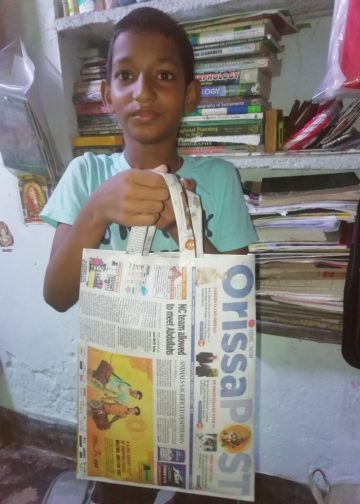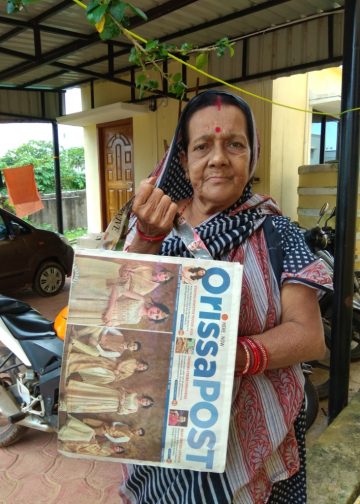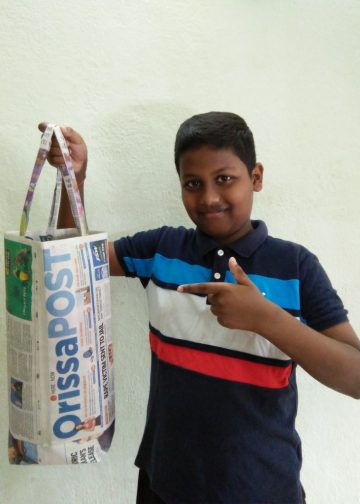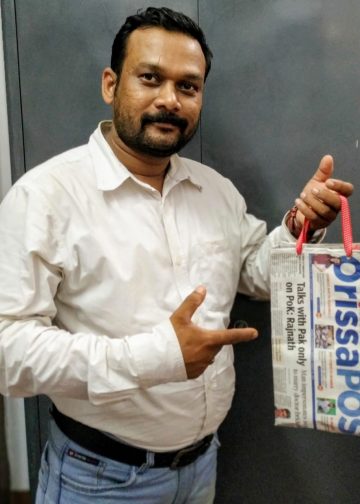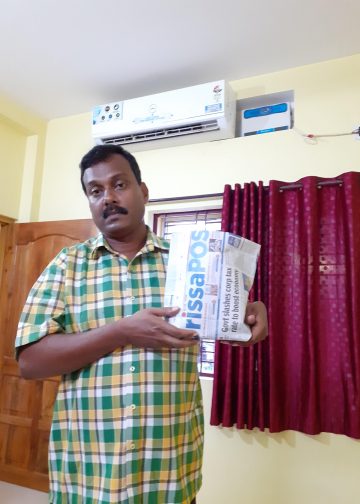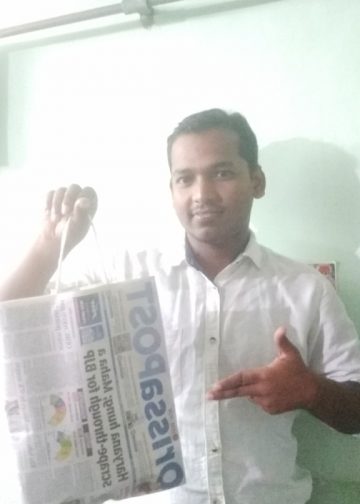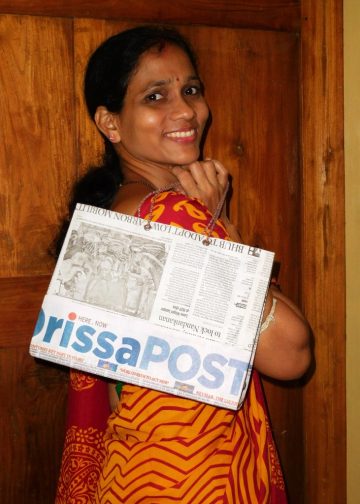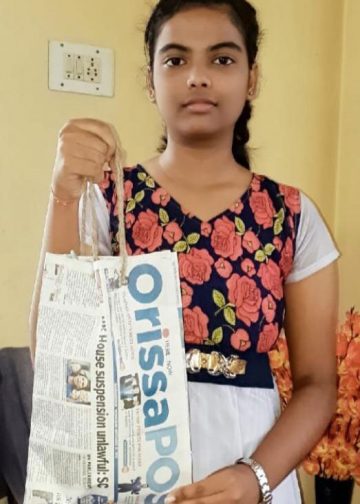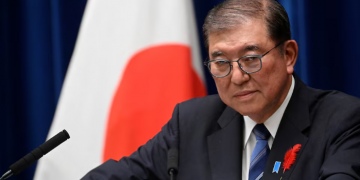FOCUS HEALTH ORISSA Dr. Guru Prasad Mohanta
Lessons learnt from the similar schemes do require to be looked into, and more aspects built into the system
==
TEXT
The Orissa government’s recently launched scheme Niramaya, that would supply free medicines in government health facilities to needy patients, is a welcome step. But, the launch alone does not ensure benefits or make it a success. Lessons learnt from the similar schemes do require to be looked into, and more aspects built into the system to make the scheme effective.
Tamil Nadu is the first state to bring about a revolutionary change in the medicine management process vis-a-vis free distribution in its territory. It had established a centralised agency called Tamil Nadu Medical Service Corporation Limited (TNMSCL) to procure medicines for all health facilities ranging from primary health centre to medical college hospitals. This pooled procurement gave strong negotiation power to buy quality medicines at almost rock bottom price.
TNMSCL not only relies on tender and samples, but also makes arrangement for inspection of the manufacturing facilities. The warehouses equipped with proper storage facilities are established almost in every district and medicines are being supplied directly from the warehouse to health facilities. It has a strong Management Information System and it effectively monitors the stock position at different levels, making almost nil a stock-out situation.
The success of this model has been replicated by states like Kerala. NRHM has been advocating state governments to follow a similar system in their states.
Notable is another model initiated in Rajasthan. The district collector in Chittorgarh has initiated a process of doctor prescriptions in generic name after ensuring availability of generic medicines in hospitals. The collector himself was a doctor, and knew how it should work. Defying the order, government doctors continued writing their prescriptions of branded drugs. In order to make the doctors fall in line, the collector then made the doctors write the prescriptions and preserve a carbon copy for auditing purpose.
The most important issue of generic medicine supply by the government is lack of confidence by the stakeholders. Confidence about the quality of medicines is to be built up among the doctors, pharmacists and nurses as well as patients and the general public. The government should initiate the process to ensure quality check and the result must be transparent and publicly available.
Another important step is of developing a strong supply chain system with appropriate storage facility and equally strong management information system. Medicines’ quality not only depends on the manufacturers but also on the entire logistic system. A good quality medicine may lose potency well before the expiry date if the medicine is exposed to adverse environment like high temperature. The expiry date is based on experimentation of keeping the medicines (most of them) at 25 °C but the temperature soars to beyond 40 °C in many parts of the state in summer. The staff may not be equipped to handle the improved system with large numbers of medicines as they used to handle just a few ones. Pharmacists should be trained on improved logistics to manage medicines at different levels. In fact, under a WHO-supported project, many medical college and pharmacy teachers are shaped as trainers on medicine supply management. The government would do well to use these trained resources.
Last, but not the least, there should be periodic evaluation of the performance of the scheme in order to assess whether the benefit reaches the intended beneficiaries. Standard tools like WHO’s ‘How to investigate drug use in health facilities’ system are handy and are widely used. This would help assess the extent of stock out as well as the extent of prescribing in generics.
The state government has made a smart investment in the scheme, allotting Rs200crore, but should also keep the monitoring mechanism, sensitisation process and confidence building measures as priorities to make Niramaya more effective.
The writer is Professor of Pharmacy at Annamalai University, Tamil Nadu.






